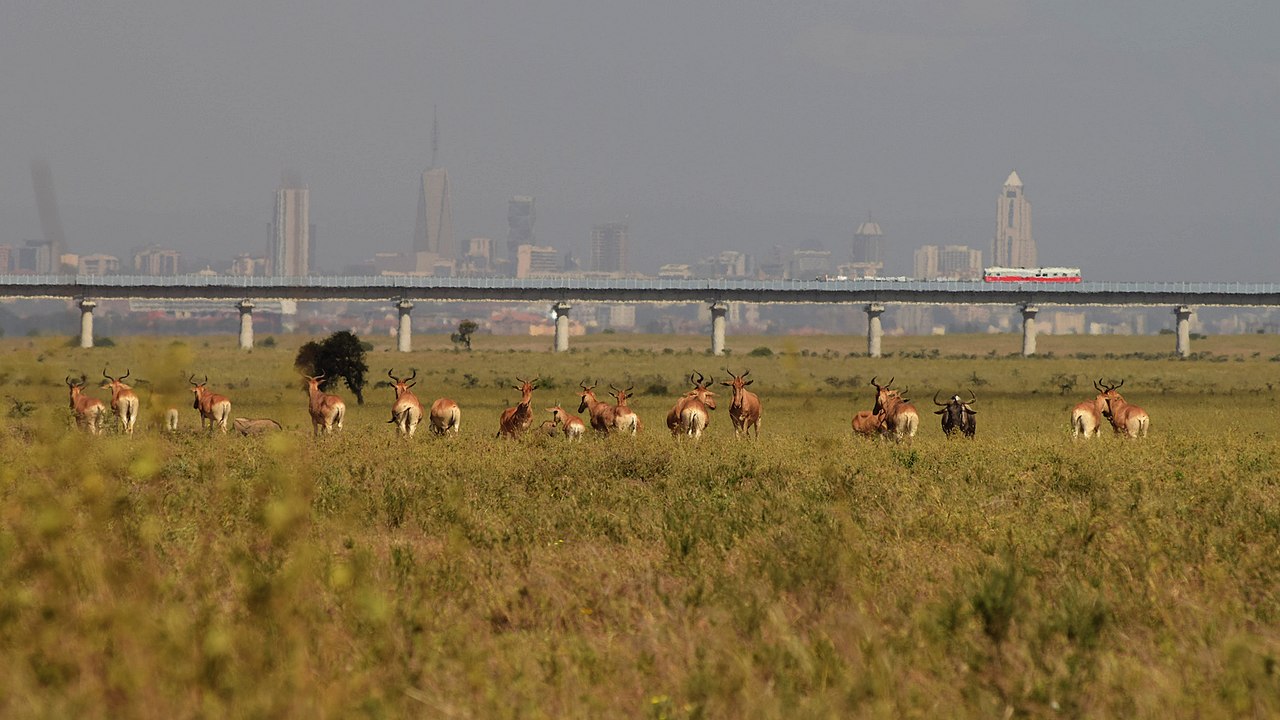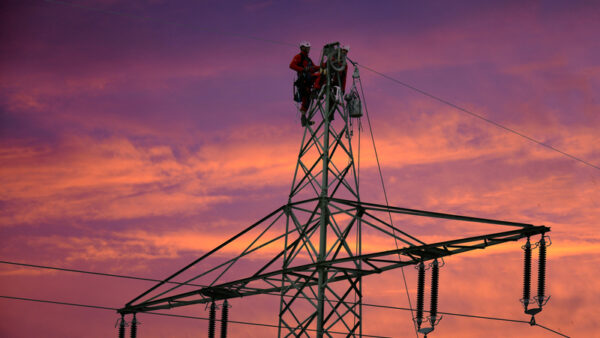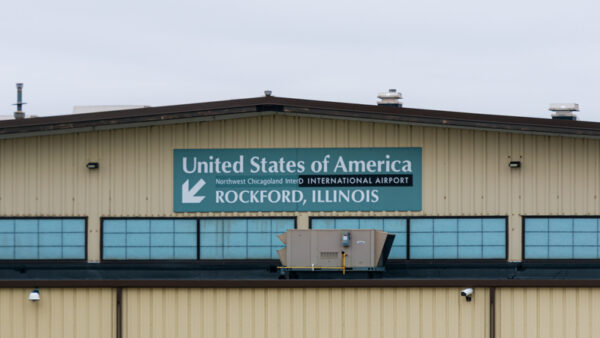
Data from multiple sources show a substantial drop in lending for infrastructure to low-income countries under China’s ambitious Belt & Road Initiative (BRI), reports Reuters.
Chinese lending to the 138 countries targeted by the BRI for roads, rail, energy and other schemes fell 54% from 2019 to $47bn last year, the smallest disbursement since the BRI was launched in 2013, Reuters said, citing Green BRI, a China-based think-tank that studies the initiative.
Forty of those countries are in Africa, where Chinese infrastructure lending fell from $11bn in 2017 to $3.3bn in 2020, Reuters said, citing analysis by law firm Baker McKenzie.
BRI investment continued to slide in the first half of 2021, to $19.3bn compared to $27.5bn in the first half of 2020, according to the Green Finance & Development Center, a Shanghai based research organisation.
Analysts attribute the slowdown both to heightened risk aversion on the part of Chinese state lenders and to new reluctance on the part of recipient governments to accept loan terms deemed disadvantageous, such as linking repayments to future oil or other resource production.
Some African governments are rethinking their former reliance on the BRI to fund much needed infrastructure.
Reuters notes that Kenya has begun revamping a disused, 19th-century colonial-era railway after the Chinese-funded project to build a 1,000-km high-speed railway from Mombasa to Uganda stalled, with the new line stranded nearly 500km from the Ugandan border. Some $3.7bn is needed to complete the line, said Reuters.
Other stalled African BRI projects include a $3bn Nigerian railway and a $450m highway in Cameroon, Reuters said.
In a 29 September report, research lab AidData argued that Chinese debt burdens among low- and middle-income countries (LMICs) are much greater than conventionally reported because 70% of loans are made not to governments but instead to state-owned companies, banks, special purpose vehicles, joint ventures, and private sector institutions, which enjoy “explicit or implicit forms of host government liability protection”.
While this keeps the debts off government balance sheets, it also hides the scale of recipient country indebtedness, researchers said.
AidData said 42 LMICs now have levels of debt exposure to China in excess of 10% of GDP, and that such debts are systematically underreported to the World Bank’s Debtor Reporting System. It said that, collectively, these underreported debts are worth approximately $385bn.
On the topic of risk, AidData found that 35% of BRI projects encountered major implementation problems such as corruption scandals, labour violations, environmental hazards, and public protests.
Further reading:






